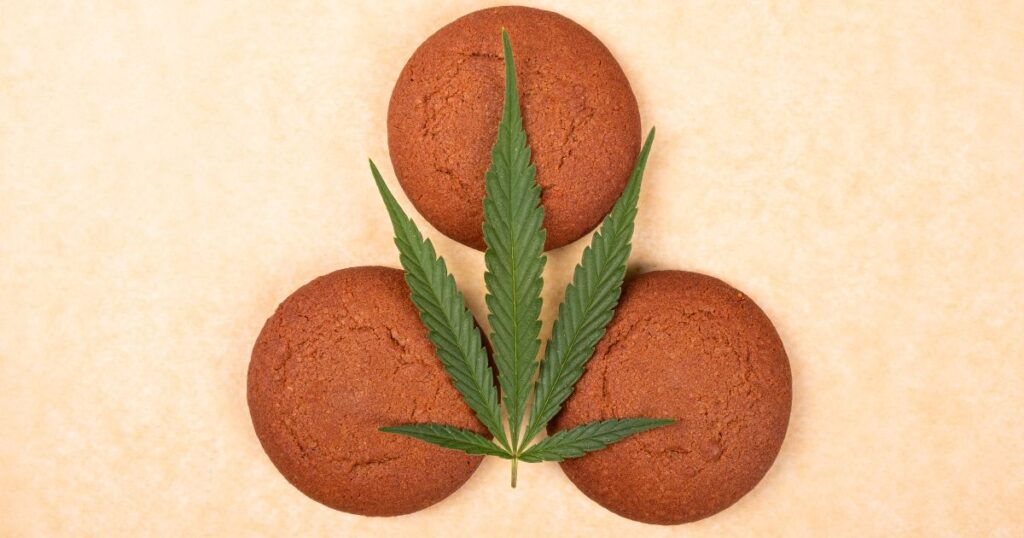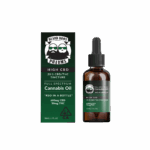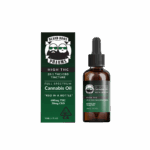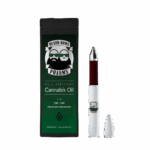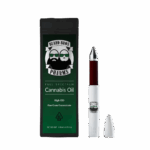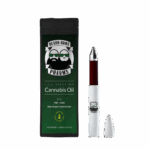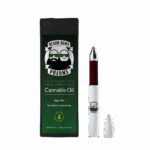The debate about safety and regulation has never been more critical than when examining the stark differences between everyday consumer goods like Girl Scout Cookies and medical marijuana. Both are legal, widely available, and used by millions—but their chemical content and the scrutiny they face couldn’t be more different.
Using data from “Danger in the Dough: Unveiling the Toxic Contaminants in Girl Scout Cookies”, we look at how more chemicals and toxic substances are found in the iconic cookies than in rigorously tested medical marijuana products.
What’s Lurking in Girl Scout Cookies?
Girl Scout Cookies represent nostalgia, charity, and entrepreneurship. However, their ingredients and contaminants tell a darker story. A detailed study revealed that 100% of tested Girl Scout Cookies were positive for glyphosate (a harmful herbicide) and toxic metals, including aluminum, arsenic, cadmium, lead, and mercury. Specifically:
- 88% of samples contained all five toxic metals.
- 96% had detectable levels of lead, and 76% had cadmium levels exceeding EPA limits.
- Thin Mints, one of the most popular varieties, recorded the highest glyphosate level at 111.07 ng/g, a staggering 334 times the harmful threshold set by experts.
The Chemicals in Medical Cannabis: A Different Story
Medical marijuana, often demonized for its potential risks, is one of the most rigorously tested substances in the U.S.
Cannabis products must undergo mandatory testing for:
- Pesticides – Strict limits ensure that even trace levels are undetectable.
- Heavy Metals – Every batch is screened for lead, mercury, arsenic, and cadmium.
- Residual Solvents – Extracts are checked for chemicals like ethanol and butane.
- Microbial Contaminants – Rigorous checks for mold and bacteria safeguard public health.
Unlike cookies, marijuana that fails these tests cannot be sold. Each dispensary item comes with a Certificate of Analysis (COA), guaranteeing its safety and purity. This high standard contrasts sharply with the widespread presence of harmful substances in cookies consumed by children and families.
How Toxic Substances End Up in Cookies
The shocking contamination in Girl Scout Cookies stems from several factors:
- Glyphosate Use in Farming: Glyphosate, a herbicide linked to cancer and other health issues, is commonly used as a drying agent in wheat, oats, and other crops integral to cookie recipes.
- Metal Contamination: Heavy metals likely infiltrate ingredients during agricultural production and processing.
- Non-Organic Ingredients: Peanut butter, a primary component in some cookies, is derived from one of the most heavily sprayed crops.
This toxic cocktail is allowed under food industry regulations but would fail cannabis safety standards.
Regulatory Double Standard?
When placed side by side, the disparity between food safety and cannabis regulation is glaring:
| Aspect | Girl Scout Cookies | Medical Marijuana |
| Glyphosate Testing | None | Mandatory |
| Heavy Metal Screening | None (except voluntary studies) | Mandatory |
| Microbial Testing | None | Mandatory |
| Transparency | Limited (ingredient labeling only) | Full COA with detailed results |
The health risks associated with chemicals in cookies are severe and well-documented:
- Glyphosate: Known to cause cancer, disrupt hormones, and damage reproductive systems.
- Lead: No safe level; linked to brain damage, developmental delays, and cognitive impairment.
- Cadmium and Arsenic: Associated with cancer and neurological disorders.
In contrast, cannabis products are increasingly used to treat conditions like chronic pain, anxiety, and epilepsy. The regulatory framework ensures consumers receive clean, uncontaminated medicine.
The Girl Scouts organization generates approximately $800 million annually from cookie sales, yet reformulating their recipes to exclude harmful chemicals remains unexplored. This raises ethical concerns:
- Responsibility: Should a youth-focused organization prioritize health over profit?
- Transparency: Why aren’t the cookies tested to the same degree as cannabis?
By investing in organic and regenerative agriculture, the Girl Scouts could reduce contamination and align their products with their mission to build courage, confidence, and character.
The findings on Girl Scout Cookies are a wake-up call, not just for the organization but for consumers and regulators. The cannabis industry’s success in maintaining high safety standards proves that stricter regulations are feasible and necessary.
What Needs to Happen:
- Regulate Food Like Cannabis: Require mandatory testing for pesticides, metals, and microbial contaminants in all consumer goods.
- Shift to Organic Farming: Eliminate harmful herbicides like glyphosate from the agricultural supply chain.
- Increase Consumer Awareness: Promote transparency in food production, labeling, and testing.
The comparison between cookies and cannabis highlights a deeper issue: how societal stigma shapes regulation. While cannabis has historically been demonized, it now leads the way in safety and accountability. Meanwhile, the food industry continues to get a pass, exposing consumers to dangerous chemicals without consequence.
Consumers, must demand better—because what we eat should never pose a greater risk than what we smoke or vape.
The stark contrast between the chemicals found in Girl Scout Cookies and medical marijuana reveals a troubling regulatory imbalance. If cannabis can be held to such high standards, why not cookies?



